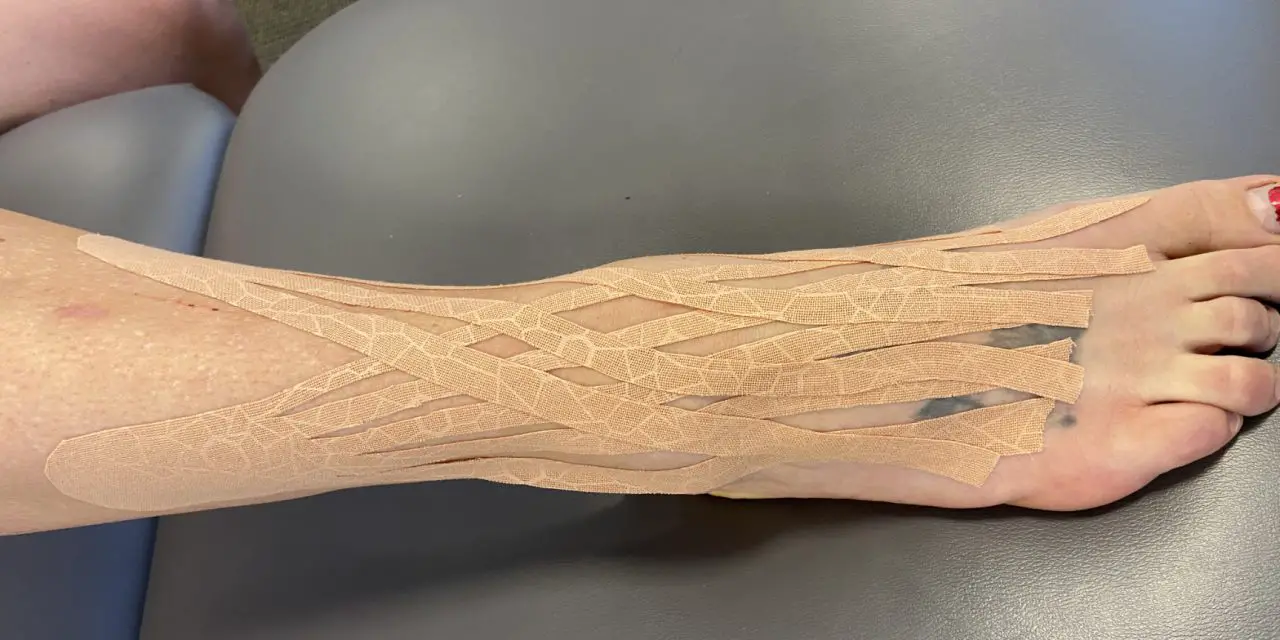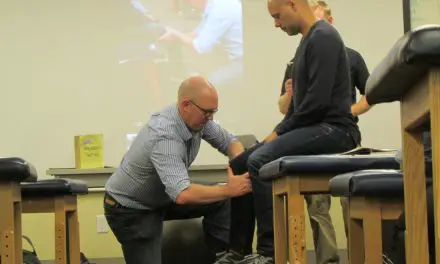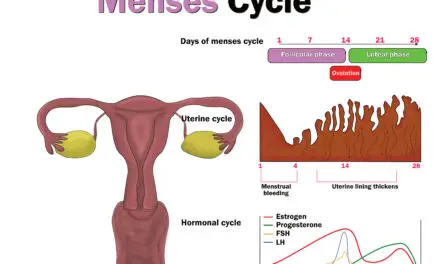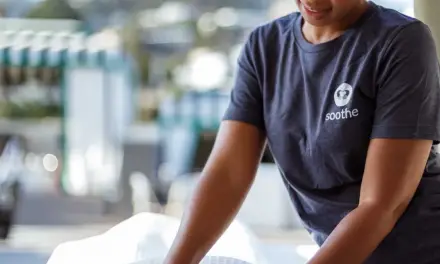Kinesio Tape is a type of elastic, athletic tape that can be used to treat pain and swelling after an ankle injury. It mayalso improve local circulation in the injured area. While the mechanisms behind its benefits are not fully understood, research has shown that Kinesio Tape can improve proprioception, or the body’s awareness of its own position and movement. This can be useful during rehabilitation as restoring proprioception is an important part of the healing process.
Kinesio Tape proponents claim that it can help the body in many ways including reducing inflammation, returning the body to homeostasis, and minimizing the risk of injury like to the shoulders and wrists, but much of these claims are questionable.
Athletic tape is a common piece to athletics and has become somewhat part of an athlete’s uniform. Although regular athletic tape is still commonly used, there are many things to think about when deciding whether to go traditional or with an elastic tape like Kinesio Tape.
Regular athletic tape is often thinner than Kinesio Tape, which makes them more pliable and easier to manipulate around the body. When using regular athletic tape, using a pre-wrap or pre-tape spray is best to create a barrier between the skin and the adhesive tape, making it more comfortable for the athlete. This isn’t needed when using an elastic tape like Kinesio Tape.
Another brand of kinesiology tape is KT Tape. There are many similarities between the two brands as both websites claim that their tapes are latex-free, hypoallergenic, water and sweat proof and can be worn for multiple days. Both brands also offer pre-cut and uncut versions of the tape, allowing consumers to have more options.
If Kinesio Tape works as they say, it would be ideal for taping ankles because it not only may prevent injury, but in the event of an ankle sprain for minor injury, it can relieve inflammation which will help the swelling to reduce and range of motion to return.
How do you apply Kinesio Tape to the ankle?
Kinesio Tape has pre-cut tapes that are designed specifically for taping ankles after a sprain. There’s also an instructional video on their website that shows you how to properly tape your ankle.
- Apply the base of one cut strip to the external malleolus.
- Pull the tail of the tape with 5%–10% tension across the top of the foot so the center of the tape covers the inflammation.
- Spread the tape evenly outward starting with the outer slits then gently rub the tape to make sure the adhesive activates.
- Apply the second cut strip to the anterior and slightly lateral side of the ankle joint, again with 5%–10% tension.
- Spread the second strip the same as you did the first, and gently rub the tape.
- Apply the base of the third cut strip between the first and second strips on the side of the toe and pull the tail with 0%–5% tension between the tails of the first two strips.
- Spread the third strip the same as the first two and gently rub the tape.
Does it matter how you apply Kinesio Tape to the ankle?
Research on different methods of taping ankles was difficult to find and there may not be any published yet, but there’s research about different methods of taping knees. One study compared the Kinesio Taping, McConnell Taping, and sham taping techniques. The study had measured participants’ pain in their knees when they performed various squats.
The study found that there’s no significant difference in the taping method. The ankle could follow the same path and find that specific methods of ankle taping all produce similar outcomes, just like knee taping.
How do you remove Kinesio Tape?
There are a few options when removing Kinesio tape to reduce irritation.
- Option 1
- Apply baby oil to tape and allow the tape to soak for 15 minutes.
- Hold skin and gently peel the tape off.
- Option 2
- Soak the tape in the shower.
- Lather the tape in soap.
- Hold the skin and gently peel the tape off.
Since Kinesio Tape is waterproof and can stay on for several days, the adhesive is stronger than the average band-aid or athletic tape. Be sure to:
- Shave the area in which you will be applying the tape.
- Peel tape in the same direction as hair growth.
Does ankle taping with Kinesio Tape help improve performance and function?
When it comes to ankle taping correlating with performance and function, research is split.
A 2020 meta-analysis said that “evidence does not support or encourage the use of Kinesio taping applied to the ankle for improvements in functional performance.”
The researchers analyzed 2,684 people with studies ranging from 27 to 179 subjects. They then compared Kinesio taping to other types of athletic taping and found no significant benefit in multiple tests including balance, jump distance, and range of motion.
Science writer Paul Ingraham of PainScience chalks up Kinesio Tape and other kinesiology tapes to the placebo effect. “Stick some tape on a bad knee, make sure the patient expects it to be therapeutic, and chances are good that the patient will feel a bit better… for a while,” Ingraham wrote.
On the contrary, a Chinese systematic review and meta-analysis found that using Kinesio tape is “superior” to regular athletic tape, sham taping, and no taping in both preventing ankle injuries and helping to rehabilitate ankle sprains, based on 10 studies with a total 233 subjects. The researchers based their data on the Star Excursion Balance Test results and extracted range of motion, and vertical jump height.
Despite their suggested “superior” findings, the researchers found that along with the added benefits of Kinesio taping, there was “no significant effect on range of motion.”
They also reported that the included studies have biases in their experimental setup and the limited number of studies “might have diminished the reliability of this study.” Some of the studies included tiny samples that may skew the data. Thus, it’s possible that higher quality studies may change their results and conclusions.
A 2022 study in the Journal of Physical Therapy Science examined the effects of Kinesio Tape on soccer players. Fifty-five athletes were divided into groups that either received bandaging, athletic tape, Kinesio Tape served as controls. Both tape options significantly improved dynamic stability and enhanced function in the laboratory setting.
Kinesio Tape and chronic ankle instability
More recent evidence finds that Kinesio Tape may benefit chronic ankle instability among some athletes, according to a 2022 systematic review and meta-analysis by a team of Italian researchers. Chronic ankle instability is often caused by repetitive ankle sprains mostly from various sports (e.g. court, track and field, contact).
Among eight studies with a total of 270 athletes, the researchers included studies that used Kinesio Tape only so that they can rule out potential effects from other interventions. After they evaluated the data on gait function, ankle range of motion, postural sway, muscle contraction, agility, and other athletic abilities, they found Kinesio Tape to be “effective only on some of the performances and ankle functions analysed.”
The analysis found that Kinesio taping improved gait function, reduced ankle inversion and eversion, and postural sway in movement in the mid-lateral direction. However, Kinesio taping did not improve dynamic balance, single-leg vertical jump, and agility tests.
Even though this study found strong favor of Kinesio Tape as an effective treatment for chronic ankle instability, the authors still recommend using multiple interventions, such as physical therapy and exercise, based on a broader systematic review on ankle rehabilitation.
A 2023 systematic review and meta-analysis found nearly opposite results. The group of Chinese researchers included 381 patients with a history of ankle injury. They concluded that Kinesio Tape could improve dynamic balance, but failed to establish a clear relationship with ankle muscle strength, proprioception, range of motion or functional scale scores in patients with chronic ankle instability.
Riley Sullivan
Riley Sullivan earned her associate's degree in journalism at Palomar College in 2021 and was a staff writer for “The Telescope,” and she is currently attending California State University Northridge.
Riley began playing sports at the age of four, from riding dirt bikes to playing soccer. Immediately after graduating high school, she coached high school basketball and lacrosse, and then worked at the YMCA of San Diego until March 2020.
In her free time, Riley enjoys reading (“A Girl on a Train”), watching movies (“What’s Eating Gilbert Grape”), and has a new-found love for Brazilian jiu-jitsu.






